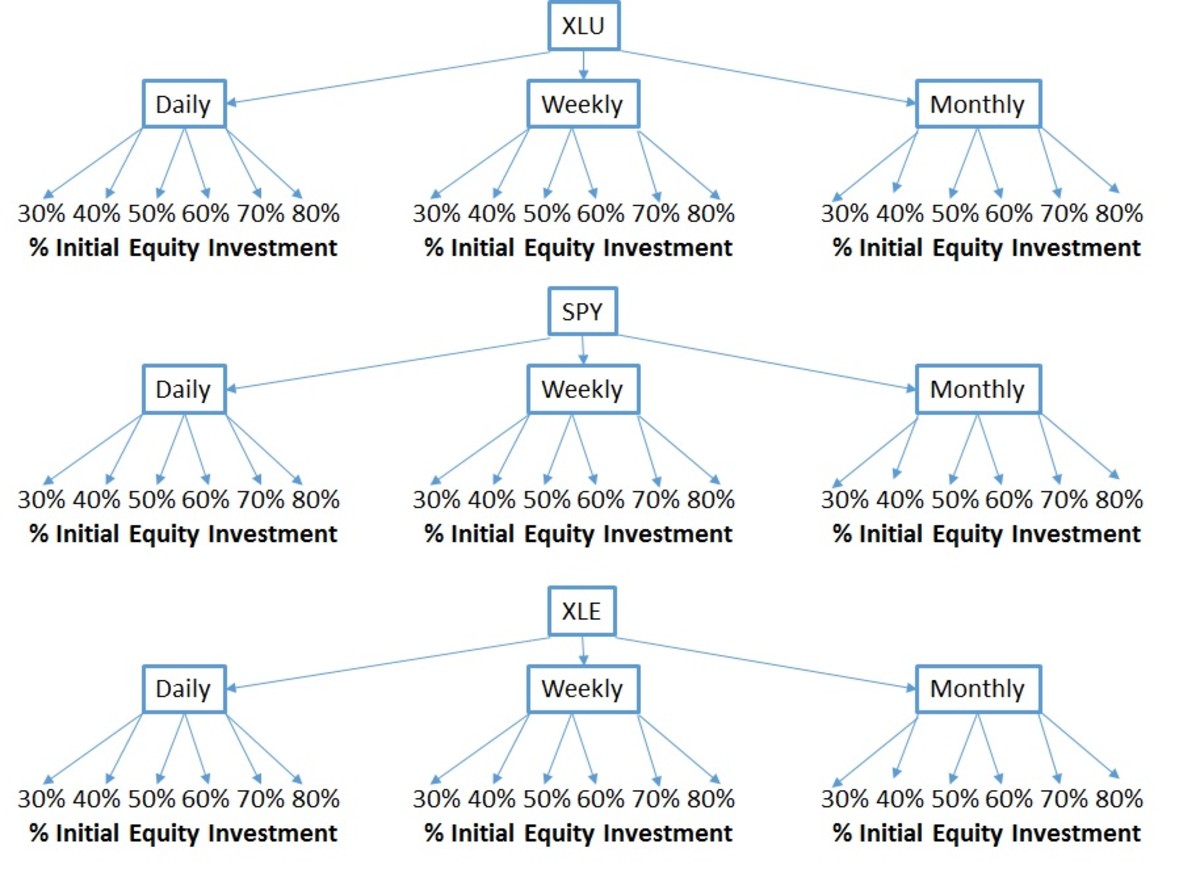Product Portfolio Analysis. Asset allocation. Portfolio management strategy.
Copyright
This article is a part of an assignment written by myself. It was for a marketing module in a Diploma of Hospitality Management. It was given 9/10 as a mark and is a reliable source of information. Just remember; copy / paste is foolish. Your marker will find this article easily.
Feel free to ask questions in the comments.

Down to business
There are two main processes for determining under-performing products / services. These are the product portfolio analysis and the buying pattern analysis.
The product portfolio analysis separates products into four categories depending on how they are performing. These categories are; stars, problem children, cash cows and dogs.
Stars represent products that are in both a high growth market and have a high market share. They bring in increasing amounts of money but also cost increasing amounts of money as they grow.
Problem children are high growth but only have a small market share. Basically the same as a star but you don’t know whether or not they are worth investing in because they haven’t got a very big market share.
Cash cows are your veteran products. They have a high market share and crucial to cash flow. They pull in large amounts of cash on a regular basis but are growing at a very small rate or not at all. They need to be maintained but should not be a focus for investment.
Dogs are products that don’t seem to have anything going for them. They have a low market share as well as low growth. Unless a dog product can be maintained on its own profits alone, it should be removed as it is unlikely to be worth investing in. Dogs are the most unlikely to become a cash cow.
The PPA can be used to compare a business’s products against each other or to compare one business’s products to another business.
The buying pattern analysis generates useful information about customers and their buying patterns. It shows what high volume customers (HVC) are buying and what low volume customers (LVC) are buying and determines what products are worth keeping or whether market thrust should be aimed at HVC or LVC. It helps to present answers to the question; is it best to market to those who are already HVC or to target the LVC in order to increase sales in either area.








